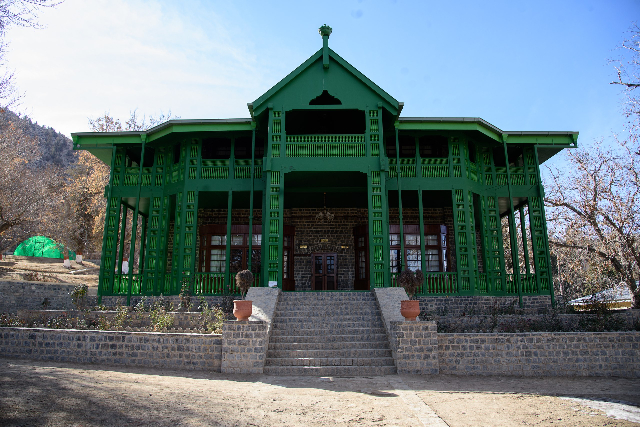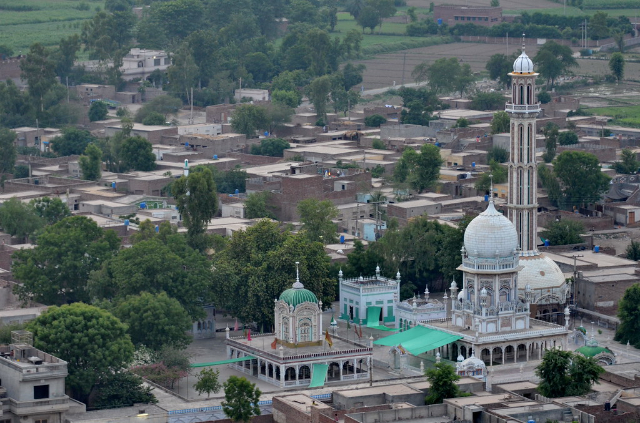Quaid-e-Azam Residency, also known as Ziarat Residency, is a significant historical site located in Ziarat. This iconic building holds a special place in Pakistani history as the place where Muhammad Ali Jinnah, the founder of Pakistan, spent the last 70 days of his life under the care of A. S. Nathaniel.
Built in 1892 during the British Raj, the residency is noted for its distinctive architectural style, which reflects the era’s British colonial influences. It stands as the most famous building in Ziarat, not only because of its historical and political significance but also due to its unique architectural features. The building is constructed of wood and is set amidst lush green lawns and gardens, offering a serene environment.
Quaid-e-Azam Residency is designated as a national monument, recognizing its importance as a site of great historical value to Pakistan. It symbolizes the struggle and dedication of Muhammad Ali Jinnah and serves as a reminder of his contributions to the nation.
The residency’s historical relevance is further underscored by its depiction on the Pakistani 100-rupee notes since 2006, making it a familiar symbol across the country.
In June 2013, the residency was tragically attacked and severely damaged by militants, an event that caused nationwide sorrow and outrage.
However, it was swiftly restored by the government to its original state, reflecting the resilience and respect held for this site among the Pakistani people.
Today, Quaid-e-Azam Residency not only serves as a museum dedicated to the life and times of Muhammad Ali Jinnah but also as a poignant reminder of Pakistan’s historical journey. It continues to attract tourists and history enthusiasts who come to pay homage to the country’s founding father and to admire the residency’s architectural beauty and historical ambiance.













